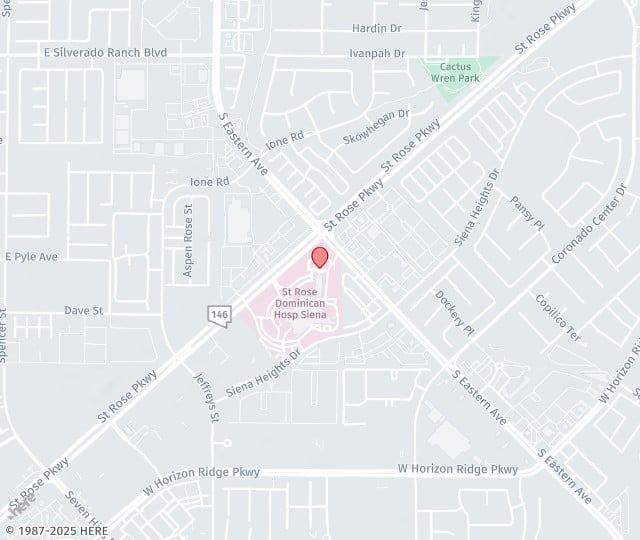There are different anatomic reasons to see dark circles and “bags” affecting the lower eyelids whether or not a person is well rested. One of the main reasons is genetic. If you take a close look at young kids, you see many beautiful small children with this feature, which they no doubt inherited from their parents. Certain ethnicities or dark complected skin types may naturally have this anatomic trait, and there isn’t a whole lot to do about it, short of concealer makeup. Embrace your look, and realize that beauty is within the eye of the beholder.
The use of alcohol, smoking, quick weight loss, lack of sleep, chronic allergies, and dehydration can lead to dark circles and bags under the eyes. But the biggest culprit is aging, leading to thinning and sagging. Bags or dark circles that become more noticeable with age occur for multiple reasons. One of the most common reasons is hollowness. As you age, or with weight loss, fat decreases from the face and gravity drops your cheek pad. With a lack of tissue hiding the orbital rim, deeper structures of the eye become visible. Eyelid skin is very thin, and the bony orbital rim can be noticed along with the normal intraorbital fat that surrounds the eyeball. There is a wall (septum) that holds the fat within the eye, but with aging, the septum can bulge, giving rise to bags under the lids.
Men or women with prominent globes may also notice dark circles, as the lower lid essentially bowstrings and sinks backward from the eyeball, giving rise to a dark shadow under the eye. This type of patient is characterized as having a negative vector, meaning that if you look at your profile and draw an imaginary line straight down from your lower lid lashes to your cheek, the dark circle is behind the line, consistent with a depression or valley.
Other patients have bags with a positive vector. This means that they have a true excess of skin and orbital fat that project beyond the eyelid itself. They often have small appearing eyes because of the redundancy of skin and fat bunching around it.
Treatment for dark circles or bags depends on the anatomic condition.
• Blepharoplasty Surgery removes skin and/or fat from the lower eyelid. The best candidates have a true excess of skin and fat projecting beyond the eye and cheek, (a positive vector) with good lower lid tone. There are two types of blepharoplasty surgery, one removes skin and fat, with a resulting scar hidden along the lower lid lash line. The other is called a Transconjunctival Blepharoplasty (TCB), where fat only is removed from a small incision along the inner aspect of the lower lid conjunctiva, so no external skin scarring occurs. Do not expect a skin tightening effect from TCB.
• Lower eyelid surgery performed in patients who are not good candidates is very risky. Common complications of lower eyelid surgery in the wrong candidate include changes in eye shape, unnaturalness, visible scarring, worsened dark circles, a skeletonized appearance that worsens with age, a rounded lower lid, or ectropion with scleral show (when the lower eyelid pulls down and away from the globe), bowstringing of the lower eyelid, malposition of the lower eyelid or issues with chronic dry eyes. All of these complications are very difficult to correct.
• Fillers work well if a lack of subcutaneous tissue is the reason for seeing the underlying orbital structure. Using injectable fillers to fill depressions such as the tear trough smoothes the lower lid/cheek junction. Many fillers are available to add coverage to a skeletonized lower eyelid. Hyaluronic acid fillers such as Belotero or Restylane are the safest and most predictable with the least amount of downtime. The procedure is well tolerated in the office setting, and results are adjustable and reversible in any situation of overcorrection or irregularity. Eyelid skin is very thin, and products need to be precisely placed and smoothed, avoiding overcorrection or unnaturalness. The addition of volume to the cheek often enhances the results. Results last close to a year. Don’t expect the shadows to be totally gone, but improved. Fat transfer to the lower eyelid can be hazardous because of unpredictability in the results and changes that can occur from weight fluctuation. Risks of lumpiness, migration, overcorrection, and visibility can be very difficult to correct if “permanent” products are used in this very delicate and unforgiving area.
• Resurfacing procedures such as chemical peels or lasers may help the appearance of the lower eyelid skin by smoothing it while improving redness or darkness of the skin in this area.
• Bleaching solutions may also help. If the problem is related to an excess of pigment, the regular use of bleaching creams such as Hydroquinone and sunscreen may help over time.
Many other treatments and creams are advertised all over the Internet, on infomercials, and advertisements. Don’t waste your money on treatments with no proven benefit. Consult with a board certified plastic surgeon to determine the best treatment for you. An exam with your ophthalmologist will also provide you with information about your potential candidacy for surgery. If all else fails, and you are not an anatomic candidate for surgery, makeup concealer is a cheap and safe alternative.
For more information on blepharoplasty, visit us at: https://www.deserthillsplasticsurgery.com/face-surgery-las-vegas/eyelid-surgery
Dr. Hayley Brown MD, FACS
Board Certified Plastic Surgeon
Desert Hills Plastic Surgery Center serving Henderson and Las Vegas, Nevada


